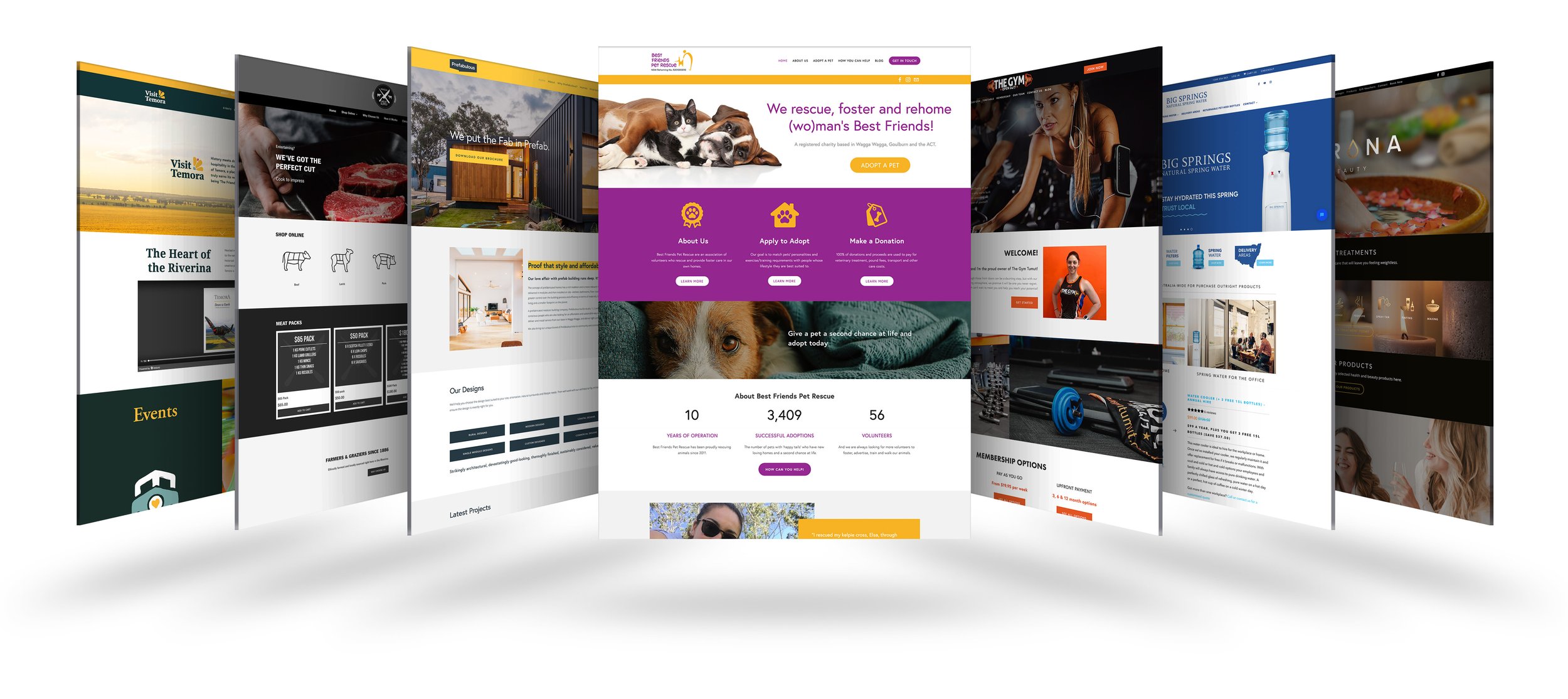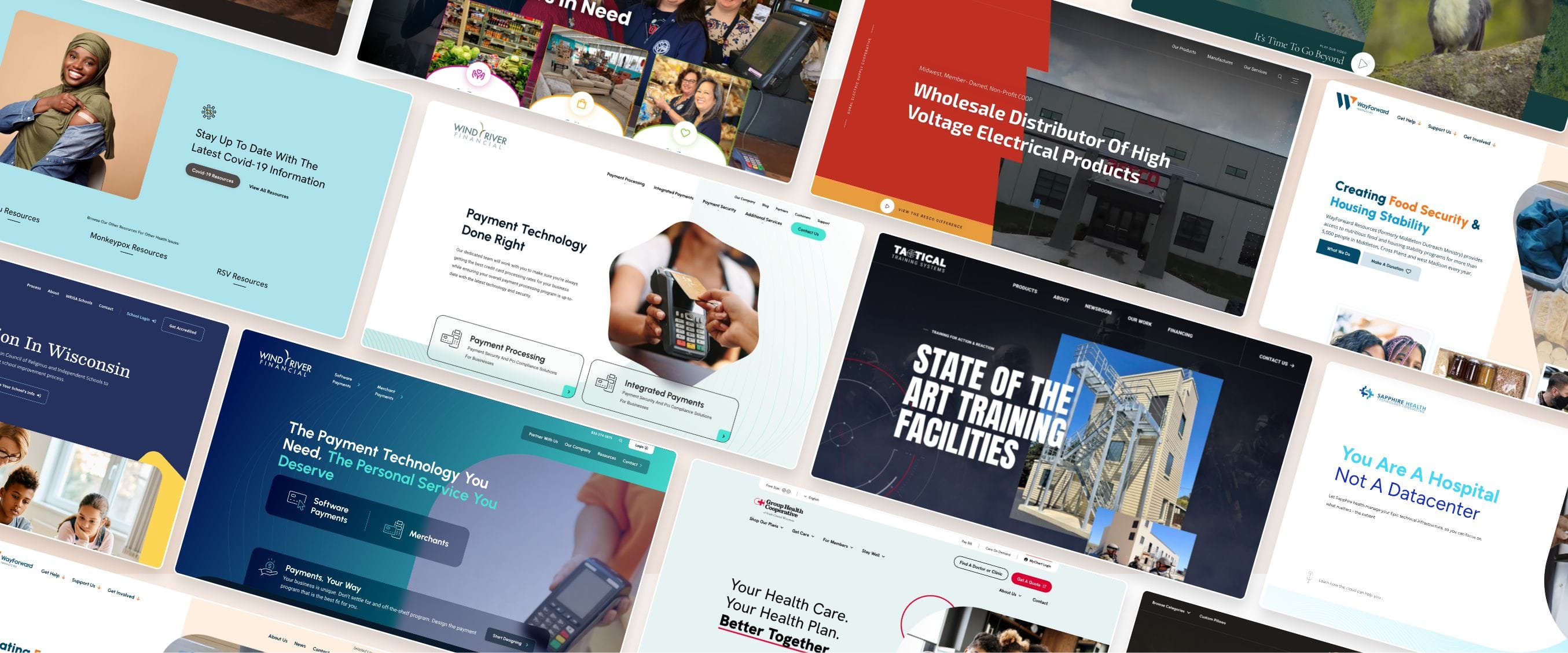Best Practices to Follow for a Successful Website Design Strategy
The Ultimate Overview to Modern Web Site Layout Trends
In the ever-evolving digital landscape, modern internet site style trends play a vital function in shaping individual experience and interaction. From the increase of minimal style principles that focus on simplicity to the influence of strong typography in specifying brand name identification, each component adds to a cohesive online existence. The focus on mobile-first and receptive methods, together with innovative microinteractions, additionally boosts functionality. Additionally, the expanding concentrate on sustainable website design techniques mirrors a commitment to environmental obligation. These patterns collectively elevate important concerns about the future of effective website design and what it implies for customers and services alike.
Minimalist Design Concepts
Minimalist design principles emphasize the idea that much less is much more, advocating for simplicity and capability in visual communication. This method remove unnecessary components, concentrating rather on essential components that share the intended message efficiently. By focusing on quality, minimal design boosts customer experience, enabling visitors to browse web sites effortlessly.
Core tenets of minimal style consist of the usage of ample white space, which produces a sense of equilibrium and organization. This adverse space not only directs the audience's attention to crucial elements yet also fosters a soothing aesthetic environment. Additionally, a minimal color palette is typically utilized, utilizing soft tones or single schemes to keep visual communication and protect against frustrating the user.
Typography plays an essential duty in minimalist layout, where understandable font styles are picked for their simplicity and efficiency in connecting web content. Graphics and photos are conserved, ensuring that they serve a function instead of sidetrack from the general message. Inevitably, minimalist style principles cultivate a focused setting that urges individuals to engage with the content, boosting the general efficiency of contemporary internet site style. This trend reflects an expanding admiration for thoughtful, user-centric appearances in digital areas.
Bold Typography Choices
Accepting bold typography selections has ended up being a defining feature of modern web site style, as it properly catches attention and conveys strong messaging. Developers are progressively using typography not simply as a useful component yet as a key aesthetic part that enhances the total aesthetic and user experience.

Additionally, the association of vibrant typography with minimalist layout principles permits striking contrasts, improving readability while maintaining aesthetic appeal. Making use of whitespace around bold text even more highlights its relevance, making sure that the message reverberates with the target market.
As electronic landscapes end up being much more competitive, leveraging bold typography allows brands to separate themselves and leave a long lasting impression. The mindful selection of font styles and their application can evoke emotions, develop tone, and drive activity, making strong typography an important device in modern-day site style. Inevitably, it is a powerful way to improve storytelling and make certain that essential messages are not only seen but likewise really felt.
Mobile-first and responsive Layout
Responsive and mobile-first layout has become a crucial principle in modern website development, mirroring Find Out More the raising dependence on mobile phones for accessing on the internet material. As user habits shifts in the direction of mobile surfing, designers have to prioritize creating experiences that adapt effortlessly across various screen dimensions and resolutions.
A responsive design guarantees that a website instantly changes its layout, photos, and capability based upon the gadget being utilized. This approach improves customer experience by giving consistent navigating and readability, irrespective of whether the site visitor is on a desktop computer, mobile phone, or tablet computer computer. Furthermore, mobile-first layout supporters for establishing websites originally for smaller sized displays, consequently scaling up to bigger display screens. This approach urges a much more streamlined and efficient style process, concentrating on vital content and functionality first.
Implementing mobile-first and receptive concepts not just accommodates customer preferences yet likewise lines up with search engine optimization (SEARCH ENGINE OPTIMIZATION) techniques. Major internet search engine, like Google, focus on mobile-friendly websites in their positions, making it crucial for organizations to adopt these style methods. In a competitive electronic landscape, embracing mobile-first and receptive design is not simply a choice; it is essential for making certain accessibility and involvement with a varied audience.
Involving Microinteractions
Microinteractions play an essential function in boosting customer engagement and general web site experience, especially in the context of mobile-first and receptive layout. These refined design components offer prompt feedback to customers, making communications extra user-friendly and pleasurable. Instances consist of switch animations, alert informs, and filling indicators, which not just guide customers but likewise resource produce a sense of connection with the user interface.
Including appealing microinteractions can substantially enhance usability by lowering cognitive tons. When individuals receive aesthetic or acoustic responses upon executing activities, such as clicking a switch or sending a form, they really feel extra certain in their options. This cultivates a smoother navigating experience, inevitably boosting individual retention.

As web site style fads proceed to progress, the value of microinteractions can not be overemphasized. They function as the refined yet effective touchpoints that change average interactions into extraordinary experiences, navigate here thus elevating the general effectiveness of modern website design.
Lasting Internet Style Practices
Lasting website design techniques are ending up being increasingly crucial as the electronic landscape expands and ecological issues increase. Designers and programmers are recognizing their responsibility to produce web sites that not only serve customer requirements but also lessen environmental influence. This strategy includes several key techniques.
To start with, optimizing energy consumption is paramount. Websites ought to be created to fill quickly and effectively, which reduces web server power use and boosts user experience. Strategies such as photo compression, decreasing HTTP requests, and utilizing contemporary coding methods add considerably to this goal.
Second of all, choosing green hosting service providers is critical - website design. Lots of hosting companies are currently powered by renewable resource sources, enabling internet sites to operate in an extra lasting manner. This choice shows a dedication to lowering carbon impacts
Additionally, embracing a minimal style can improve sustainability. Less components on a web page bring about much less data transfer, which not just accelerates loading times however likewise saves resources.
Finally, advertising electronic availability ensures that sites reach a wider target market without unnecessary bloat, straightening user experience with ecological obligation. By integrating these sustainable techniques, web designers can add positively to both customer involvement and the world's wellness.
Verdict
In summary, modern web site design patterns stress the integration of minimalist concepts, strong typography, and receptive style to improve customer experience. Adopting these patterns is essential for producing impactful electronic experiences that resonate with customers in an increasingly affordable on the internet landscape.
In the ever-evolving digital landscape, modern-day internet site design trends play a crucial function in forming user experience and engagement. By prioritizing clearness, minimalist style improves user experience, enabling visitors to browse sites effortlessly.
Inevitably, minimal design concepts cultivate a concentrated setting that encourages individuals to engage with the web content, boosting the overall effectiveness of contemporary website layout.Microinteractions play a crucial duty in improving individual involvement and total website experience, specifically in the context of receptive and mobile-first design.In recap, modern internet site style trends highlight the integration of minimal concepts, vibrant typography, and responsive design to boost customer experience.